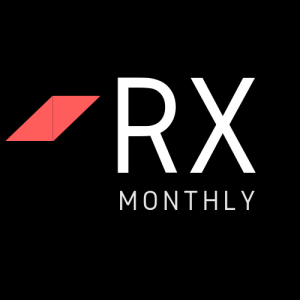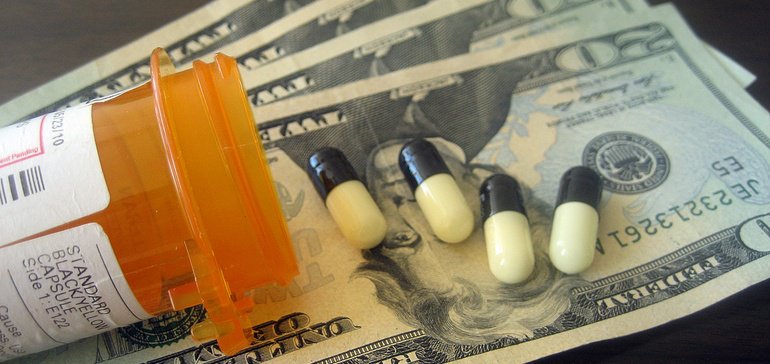The move by PhRMA and its members to address calls for more transparency on drugs prices came to a head in October, when the trade group sought to preempt an administration announcement later that day.
The administration’s proposal would require pharmaceutical companies to cite wholesale acquisition costs in TV marketing campaigns for drugs and biologics covered through Medicare and Medicaid.
PhRMA announced its members would begin to voluntarily point consumers to cost information through their TV drug ads, stopping short of directly including prices in the ads themselves, but Health and Human Services Secretary Alex Azar called that insufficient.
“Our industry has taken this new approach to DTC advertising because we remain concerned that just including list prices in these advertisements is not sufficient and could discourage patients from seeking needed medical care,” said Holly Campbell, a spokesperson for PhRMA, in a statement to BioPharma Dive.
The trade group updated its DTC principles to encourage the inclusion of pricing information, nearly simultaneous to the administration’s action. These updates went into effect April 15.
“All DTC television advertising that identifies a prescription medicine by name should include direction as to where patients can find information about the cost of the medicine, such as a company-developed website, including the list price and average, estimated or typical patient out-of-pocket costs, or other context about the potential cost of the medicine,” the group’s guiding principles document states.
Johnson & Johnson went a step further in February, saying it would directly include list prices in its drug ads, airing the first one in March.
After a review of recently ran ads compiled by commercial tracker iSpot.tv, no other drugmaker has appeared to run an ad that actually includes the list price or average out-of-pocket costs for their products.
Instead, the trend has been to put one line on the screen, directing patients to websites for further pricing info, such as myOzempicCost.com, Eliquis.com/price or Repatha.com.
Several ads did include some cost numbers in the ad, but focused on the out-of-pocket cost after a co-pay program and how little one could end up paying, either less than $10 or even $5 for the medication.
“Want to save on Eucrisa? “Eligible patients may pay as little as $10 per prescription,” one voiceover reads for Pfizer’s medication, then displaying Eucrisapricing.com for cost information in the final moments of the 30-second spot.
Pfizer also rolled out one site, PfizerRxPricing.com, that includes pricing info for four medications it advertises, including Eucrisa (crisaborole). The pharma included a fairly detailed breakdown for how each insurance segment — commercial, Medicare Part D, Medicaid and uninsured — typically pays for their drugs.
For instance, with Eucrisa, the list price for a 60-gram tube is $633.24, but the majority of those with commercial insurance faced out-of-pocket costs below $50, according to the site. About 3% of the commerically insured paid more than $200, and the fine details show these patients paid an average of $618.75 for the medication, nearly all of the list price.
Not all pharmas took such an open approach. An ad for Allergan’s Linzess (linaclotide), for instance, references Linzess.com for pricing information. After locating and clicking on “Savings/Pricing” in a dropdown menu, a further click on “Linzess Pricing” launches a new tab for allerganpricing.com, where the list price is given.
Under commercial insurance, Allergan states that roughly 80% of these patients pay an out-of-pocket cost between $0 and $35 per month, but doesn’t detail what the other 20% may wind up paying.
And others are even worse. As first noted by STAT, the websites for two drugs that Gilead advertises on TV both omit list price information. A spokesperson told the outlet the biotech would begin including that information this quarter, although the PhRMA principles have already gone into effect this week.
DTC advertising has become increasingly important to the health industry. One study published earlier this year in JAMA showed DTC ad spending more than tripled from 1997 to 2016, growing to account for roughly one-third of all medical marketing at nearly $10 billion.








